Maputo hosts workshop on gender equity statistics
IDPs face an uncertain future in Manica
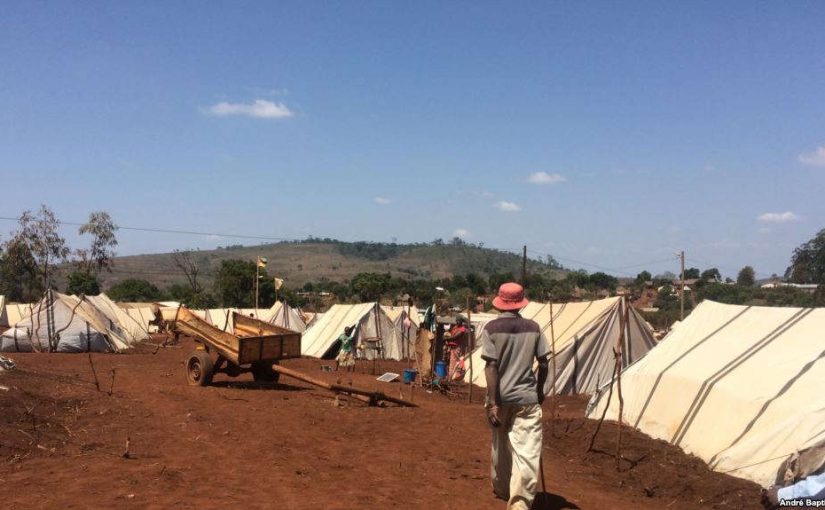
Voa (File photo) / Vanduzi camp
The Mozambican government has closed five camps it set up for people internally displaced by war and drought in 2016.
At least 2,991 people displaced by conflict and drought in the Mozambican province of Manica, who have refused to return to their places of origin after the declaration of the truce and the end of military hostilities, are being integrated into urban neighbourhoods where they took refuge, after the government closed the five accommodation centres set up to receive them.
In all, it is estimated that more than 10,000 people were forced to leave their homes in Manica in 2016 by the resumption of military conflict. Only a small number went to the camps, while the rest took shelter with relatives.
The government finally closed the accommodation camps last week, having distributed 510 plots of land for the social integration of those who refuse to return to their places of residence for fear of new conflicts, and is supporting a reconstruction plan for families by providing basic materials.
This integration is taking place in Mossurize, where the largest centre was situated, Barue, Gondola, Guro and Vanduzi, the areas worst affected by conflict.
“In April we began to deactivate the five accommodation centres, as conditions were created for the integration of families in resettlement districts in the refugee areas,” Almeida Teixeira, National Institute for Disaster Management (INGC) delegate in Manica said.
The government will assist families settling in the new neighbourhoods with food until June to ensure that they have food stability while waiting for the harvest of crops sown out of season.
The IDPs’ integration and the government’s re-construction plan have been criticised by the displaced, who say that residential areas are located too far from the agricultural plots, forcing some to give up a on the state agriculture plan, considering it “ill-conceived”. This is the situation of the bulk of those from the Vanduzi camp, the second largest in the province.
The executive granted one-hectare plots of land to each of the 79 families, comprising 583 displaced people, in the Vanduzi camp in 2016. The land was granted for agricultural production, to cover the deficit and foster independence from INGC food distribution, but 69 families abandoned the plan, preferring to find new production zones despite being offered new plots.
“The situation is still problematic because people do not have food and production is problematic, and several are still without minimum conditions for reconstruction, despite the government’s minimal support,” said Domingo Jan, a former head of the Vanduzi camp.
An indefinite truce was announced by Renamo leader Afonso Dhlakama earlier this month, and is expected to last until the signing of a third peace agreement later this year.


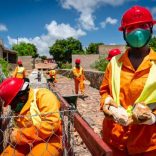
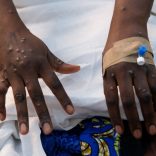



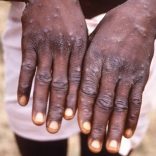
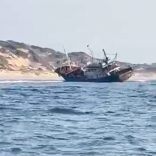




Leave a Reply
Be the First to Comment!
You must be logged in to post a comment.
You must be logged in to post a comment.